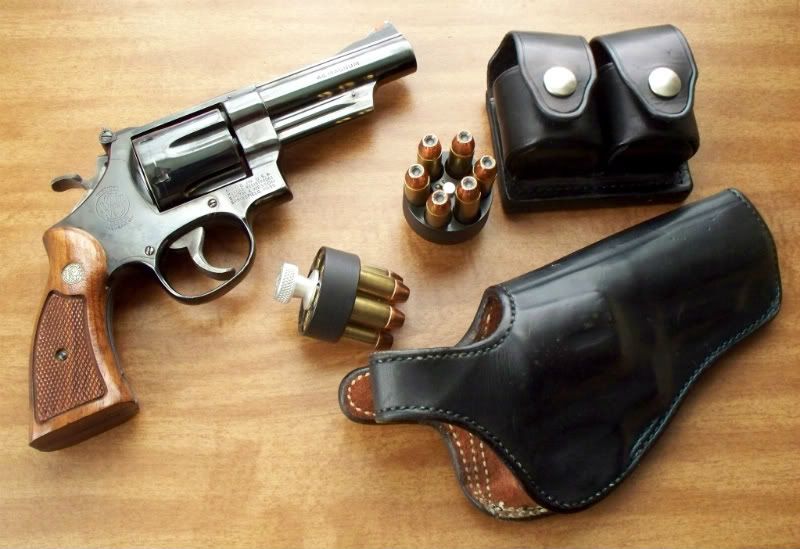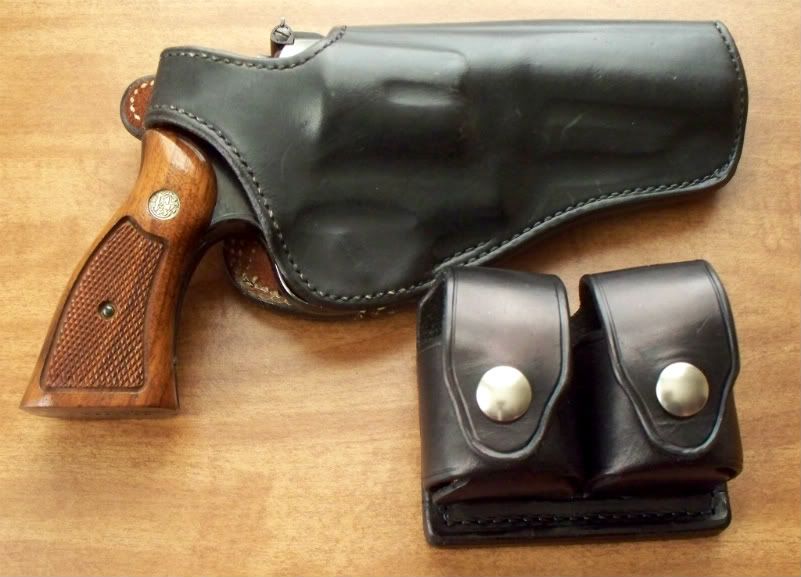Seeker,
First off the word 'Stance' is something you practice on a cold range and then adapt it to the real world. You learn it well, practice it often, and then adapt as the situation presents itself.
Second, no one 'stance' will solver all problems.
And third, no one stance will fit every individual.
In a general sense you need two, er, 'stances' or maybe three at the minimum.
You need a form of two handed shooting for the times (about 90 percent of 'em) you have the time to use those two hands. This could be a Weaver, Chapman, Isosceles, reverse Weaver, etc.. I don't care what the top competition shooters use, experiment and find out which one works best for YOU.
Then you need a form of one handed fire, or 'stance', for the times you will only be able to use one hand for any number of reasons. These stances are not real codified but usually you step forward with the shooting side's foot and thrust the weapon completely forward before either using the sights or the top of the slide (point shooting that is.)
Lastingly you will need a form of hip/retention shooting for those very fast extreme close range confrontations. Be it speed rock, retention, Center Axis Relock (CAR), 1/4 hip point shooting, etc...
Which 'stance' is best? You need to experiment and find out which. And that means alot of range time which is good all in itself.
Deaf


